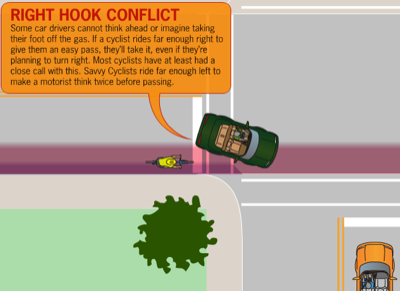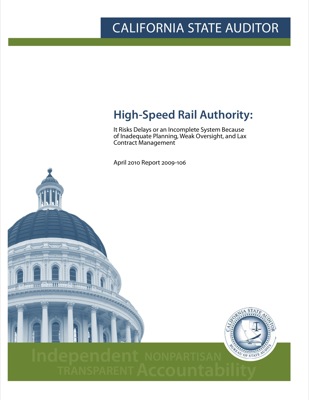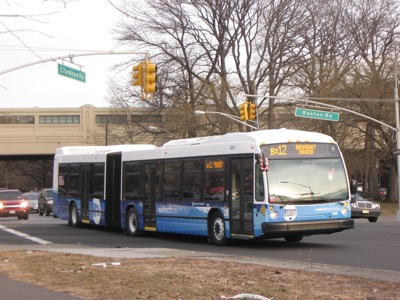Table 12 of the historical tables supplementing the 2010 Public Transit Fact Book reveals that, since 1970, the number of workers needed to operate America’s public transit systems has increased by 180 percent. Table 38 reveals that, in the same time period, the cost of operating buses, trolley buses, light rail, and heavy rail (the only modes whose costs are shown in 1970) increased by 195 percent (after adjusting for inflation using the GDP deflator).
Meanwhile, table 1 shows that ridership on buses, trolley buses, light rail, and heavy rail (again, the only modes shown in 1970), grew by a mere 32 percent. That means each transit worker produced 53,115 transit trips in 1970, but only 26,314 trips by all modes in 2008. In other words, by any measure, transit productivity has declined by more than 50 percent.













